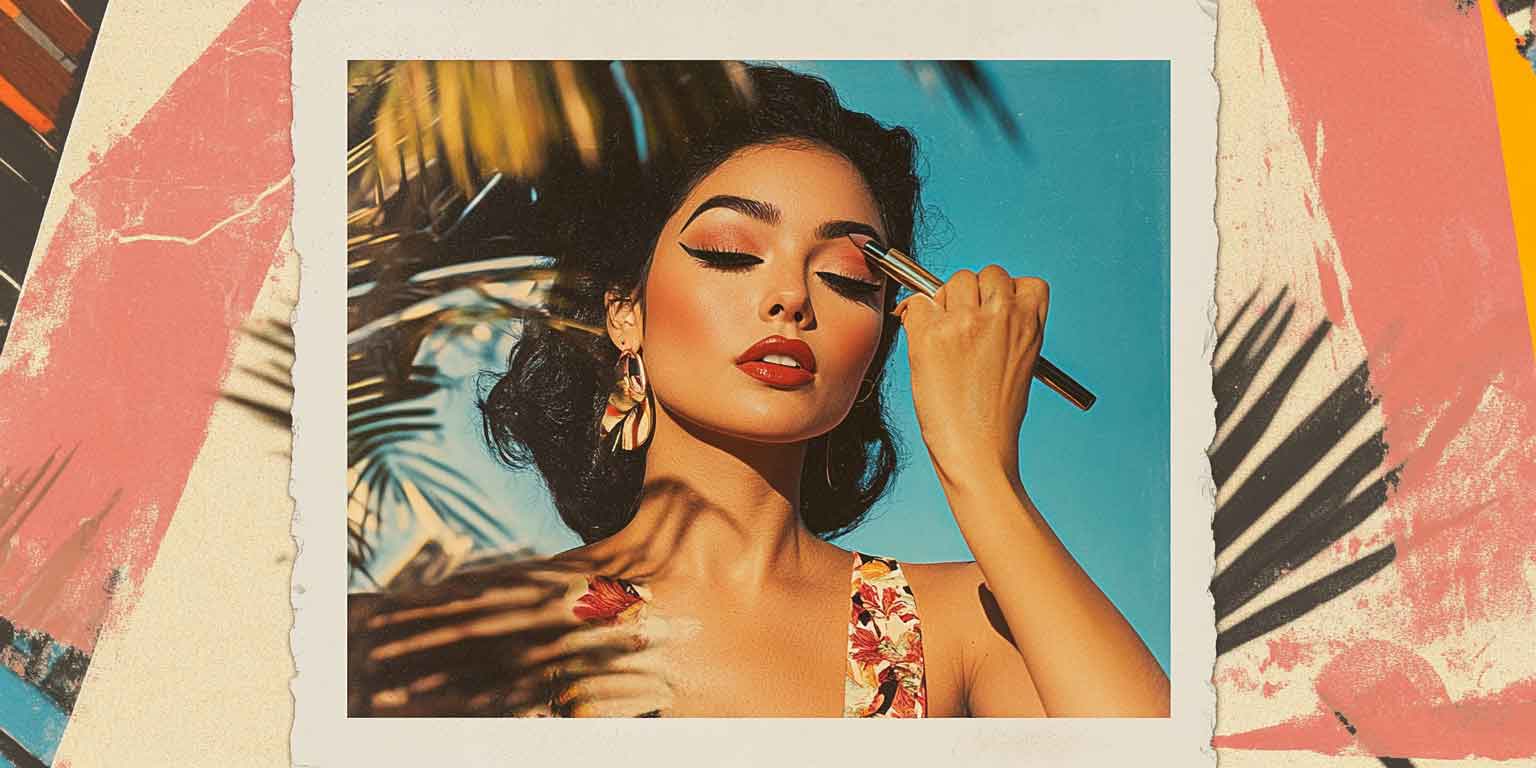Is It Okay to Wear Makeup After Getting Botox®?
By Dr. Stephen Cosentino
PRESIDENT OF EMPIRE MEDICAL TRAINING
Botox® injections are a popular cosmetic treatment that can temporarily reduce the appearance of fine lines and wrinkles. After Botox, it's natural to want to enhance your fresh look with makeup. However, it's important to understand the best practices for applying cosmetics following this procedure to ensure optimal results and minimize potential risks.
Can You Wear Makeup After Botox?
The short answer is yes, you can wear makeup after Botox. However, timing is key. It’s important to allow adequate time for your skin to heal before applying cosmetic products. Here are some guidelines to follow:
- Wait at least 4 hours after treatment before applying any makeup
- Ideally, wait 24 hours or more for the best results
- Resume normal makeup application within 24 to 48 hours post-treatment
Why Wait to Apply Makeup?
Waiting to apply makeup after Botox treatment serves several important purposes:
- Allows injection sites to heal properly
- Reduces the risk of potential side effects, such as:
- Itching
- Puffiness
- Redness
- Infection
- Ensures the Botox settles into the targeted muscles effectively
Best Practices for Makeup Application Post-Botox
If you choose to apply makeup before the recommended 24-hour waiting period, follow these guidelines:
- Avoid applying makeup directly over the injection sites
- Use gentle, non-abrasive application techniques
- Opt for clean, sanitized makeup tools to minimize the risk of infection
- Choose non-comedogenic products to prevent pore clogging
Understanding the Risks of Early Makeup Application
While Botox treatments offer a quick path to smoother skin, applying makeup too soon afterward can introduce unexpected complications. It's important to understand the risks involved in early makeup application to ensure the best results from your treatment and maintain the health of your skin.
Applying makeup too soon after Botox treatment can potentially lead to complications, including:
Increased Risk of Infection
When makeup is applied to injection sites that haven't fully healed, it can introduce bacteria, leading to infection. Post-Botox infections can be serious, potentially causing:
- Local skin issues
- Spread of infection beyond the injection site
- Need for inpatient medical treatment
- Extended recovery periods
- Significant medical expenses
Interference with Botox Settling
Applying makeup or touching the treated areas too soon may interfere with the Botox settling into the targeted muscles, potentially affecting the overall results.
General Post-Botox Care Guidelines
In addition to being cautious with makeup application, follow these general care instructions after your Botox treatment:
- Avoid lying down for at least 4 hours post-treatment
- Refrain from touching or massaging the treated areas for 24 hours
- Avoid strenuous exercise for 24 hours
- Stay out of direct sunlight and heat for 24-48 hours
- Don't consume alcohol for 24 hours after treatment
Long-Term Makeup Considerations After Botox
Once the initial healing period has passed, you can resume your normal makeup routine. Keep in mind:
- Botox results typically last 3 to 6 months
- You can wear makeup as usual during this period
- Remember to follow the same precautions after each subsequent Botox treatment
Choosing the Right Makeup Products Post-Botox
When selecting makeup to use after your Botox treatment, consider the following:
Mineral-Based Foundations
Opt for mineral-based foundations, as they are less likely to clog pores and are generally gentler on the skin. These products can provide good coverage without irritating the treated areas.
Hypoallergenic Products
Choose hypoallergenic makeup to minimize the risk of skin irritation, especially in the days immediately following your Botox treatment.
Non-Comedogenic Formulas
Select non-comedogenic products to prevent pore blockage, which can lead to breakouts or other skin issues.
SPF Protection
Use makeup products with built-in SPF protection to shield your skin from harmful UV rays, which can potentially affect your Botox results and overall skin health.
Makeup Application Techniques After Botox
When you do start applying makeup after your Botox treatment, keep these techniques in mind:
- Use a light touch when applying products to avoid putting pressure on the treated areas
- Opt for makeup brushes or sponges instead of your fingers to minimize bacterial transfer
- Apply products in a downward motion to avoid pushing against the direction of the Botox injection
- Be extra gentle around the eye area if you've had Botox for crow's feet
Complementing Botox Results with Makeup
Once your Botox has settled and you're back to your regular makeup routine, you can use cosmetics to enhance your results:
- Use highlighter on the high points of your face to create a youthful glow
- Apply concealer sparingly, as you may need less coverage post-Botox
- Experiment with different eyebrow shapes to complement your refreshed eye area
- Choose lip colors that complement your overall rejuvenated appearance
When to Consult Your Provider
While Botox is generally safe, it's important to be aware of potential complications. Contact your provider if you experience any of the following after your treatment:
- Severe or persistent swelling or bruising
- Signs of infection, such as increased redness, warmth, or discharge
- Unusual or severe pain
- Drooping eyelids or eyebrows
- Difficulty swallowing or breathing
- Vision problems
Conclusion
Makeup can be a great way to enhance your appearance after Botox, but it's important to approach it with care. By following these guidelines and best practices, you can ensure that you're maximizing the benefits of your Botox treatment while minimizing potential risks. Remember, when in doubt, always consult with your healthcare provider or the professional who administered your Botox treatment for personalized advice.


